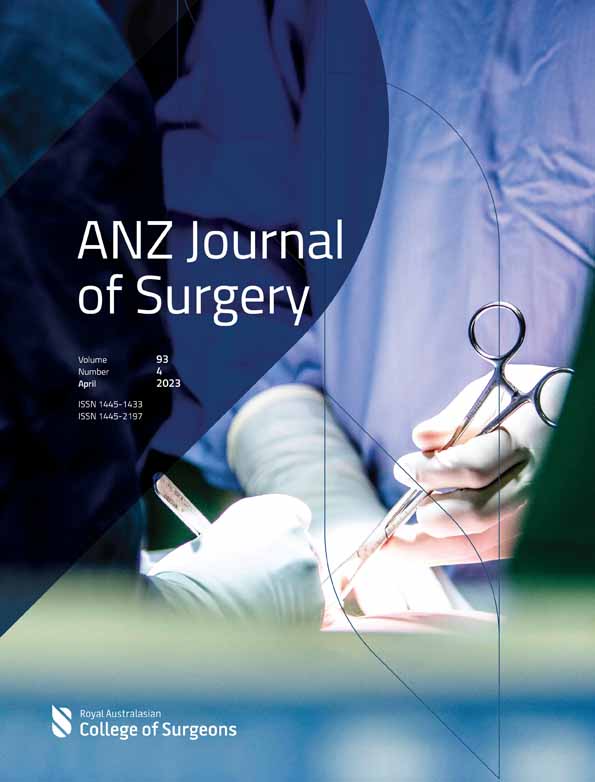Combined procedures for surgical short bowel syndrome: experience from two European centres
Francesca Gigola and Riccardo Coletta equally contributed as co-first author.
Abstract
Background
Autologous gastrointestinal reconstructive surgery (AGIR) has become a key component of intestinal rehabilitation programs. However, the best surgical option for short bowel syndrome (SBS) remains unknown. This paper presents our experience using combined procedures as primary treatment.
Methods
We collected data on SBS patients who underwent surgery from 2008 to 2021 in two tertiary European Centres. Combined procedures were defined as more than one technique used on the same patient. Charts were reviewed for demographics, type of procedures, complications, and outcomes. Data are presented as median and IQR. Wilcoxon signed rank was used for all paired analyses.
Results
Twenty-one children (12 females) underwent combined procedures. Preoperative median small bowel length was 20 cm (IQR: 15–35 cm); after lengthening, it was 35.5 cm (IQR: 30.75–50.50 cm) (P < 0.001). Combined procedures were simultaneous in 15 patients and sequential in 6. At a median of 9.2 years (IQR: 7.55–9.78 years) follow-up, complications were three bowel obstructions after strictures of anastomosis and two wound infections. Two patients achieved enteral autonomy, and others followed a weaning home parenteral nutrition regimen with a median of 4 nights off (IQR: 3–4 nights) starting with a median of 7 nights (IQR: 7–7 nights).
Conclusions
Combined AGIR techniques are practical and safe in SBS treatment when tailored to meet patients' needs, combining lengthening, tailoring, and reducing transit time procedures. Therefore, combined AGIR may be considered a resource in intestinal rehabilitation units' armamentarium.
Conflict of interest
None declared.




